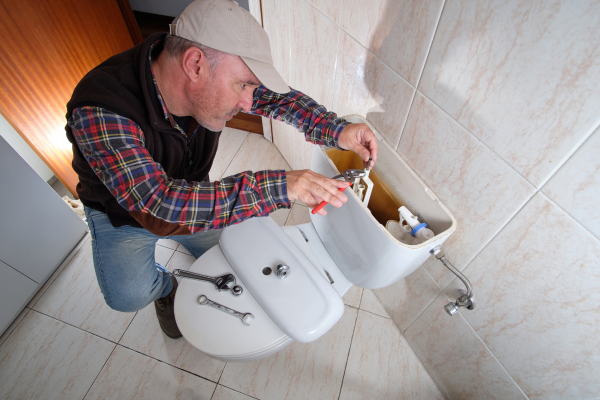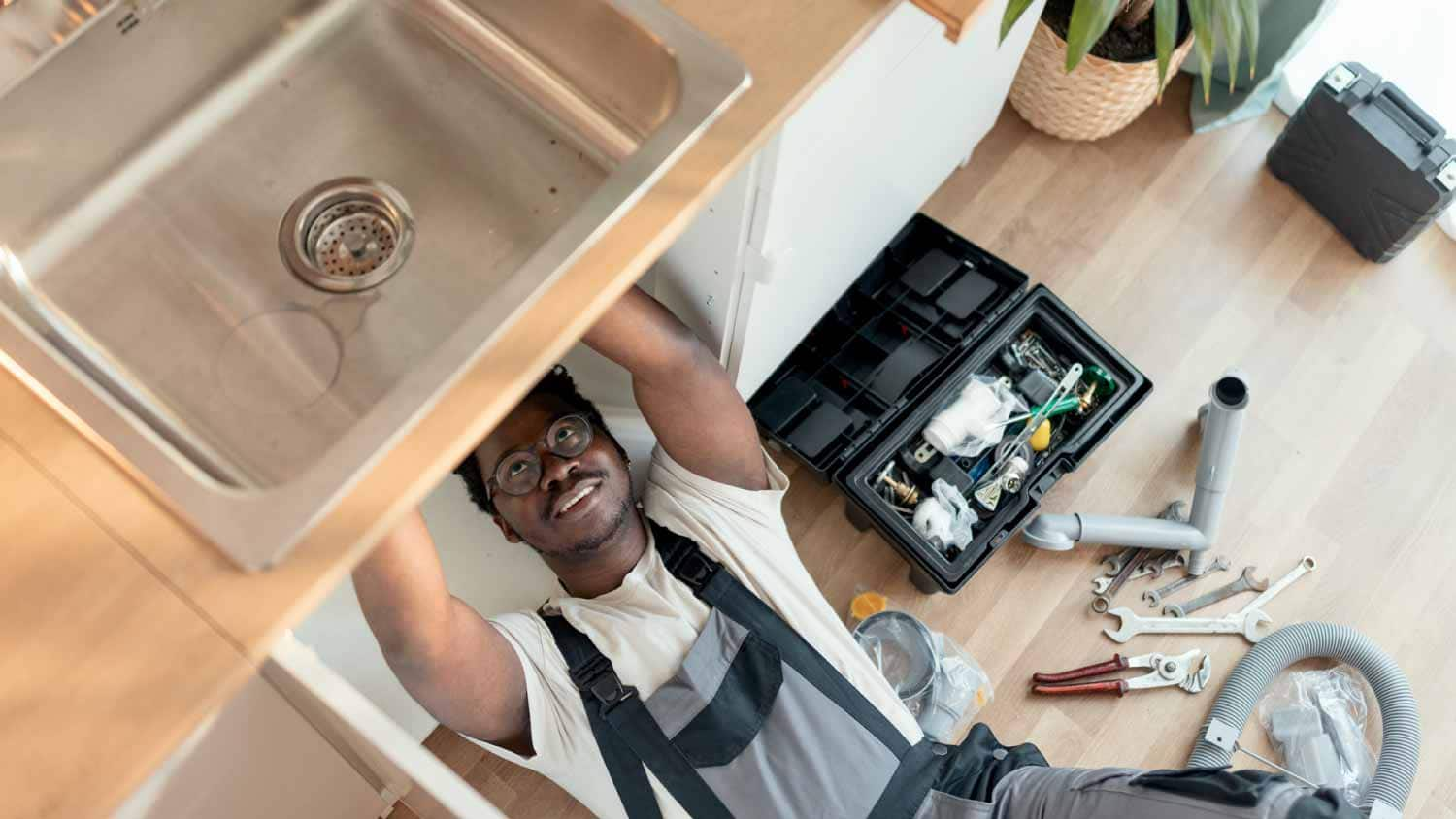Each person seems to have his or her own thinking in relation to When to Call a Plumber? DIY or Professional Help.

Intro
Plumbing problems can vary from minor troubles to significant frustrations, typically motivating home owners to determine in between taking on the trouble themselves or calling a specialist plumbing professional. Recognizing when to do it yourself and when to look for specialist aid can save time, money, and prevent possible calamities. This post checks out the factors to consider when making this crucial choice.
Benefits of DIY Pipes
Taking on pipes tasks on your own can be satisfying in a number of ways, specifically for simpler tasks.
Complexity of Jobs
Some plumbing concerns require customized knowledge and devices beyond regular property owner capacities. Mishandling complicated troubles can result in more damages and pricey fixings.
Security Worries
Dealing with pipes systems includes threats such as direct exposure to water damage, possibility for electric threats, and handling tools improperly. Safety and security safety measures need to be observed to stop accidents and guarantee efficient repair work.
Indicators to Call an Expert Plumbing Professional
Identifying when a pipes concern goes beyond do it yourself capacities is crucial to preventing aggravating issues.
Indications of Complex Issues
Instances include:
Motivate expert treatment is needed to deal with these concerns successfully and lessen damage.
Do It Yourself Plumbing Tips
For effective DIY pipes, it's essential to be prepared with the right devices and follow appropriate treatments.
Basic Devices and Materials
Secret devices for DIY plumbing:
Step-by-Step Guides
Clear guidelines ensure safe and efficient DIY repair work:
Selecting the Right Time to Do It Yourself
Establishing when to tackle plumbing jobs yourself calls for evaluating both the complexity of the concern and individual comfort levels.
Evaluation Checklist
Take into consideration:
Cost Cost savings
DIY plumbing tasks commonly conserve money by preventing specialist service fees. Tasks like dealing with minor leakages, replacing faucets, or mounting brand-new showerheads are instances where property owners can manage repairs without hiring a plumbing technician.
Skill Enhancement
Participating in DIY pipes uses an opportunity to discover and boost useful abilities. Fundamental tasks encourage home owners to comprehend their pipes systems better and acquire confidence in handling tiny fixings separately.
Risks of Do It Yourself Pipes
While do it yourself tasks provide advantages, certain dangers should be thoroughly considered prior to attempting repair work.
When to Certainly Call an Expert
Particular circumstances demand prompt professional focus to stop considerable damages or security risks.
Emergency Circumstances
Examples consist of:
Finding and Working With a Professional Plumber
Selecting a certified plumbing technician ensures trusted service and comfort in resolving plumbing issues.
Requirements for Option
Factors to consider:
Expense Evaluation: do it yourself vs. Specialist Providers
Contrasting the economic effects of do it yourself initiatives versus specialist pipes solutions aids in making educated choices.
Financial Considerations
Review:
Verdict
Making a decision whether to DIY or call a specialist plumber depends upon understanding the complexity of pipes concerns and personal capabilities. By evaluating the benefits and dangers, home owners can make informed choices that promote efficient upkeep and secure their homes from plumbing disasters.
When to DIY and when to call a professional plumber
There are Australian laws and regulations that regulate plumbing work in Australia. This means that there are few home plumbing tasks that you can DIY. Besides, a lot can go wrong with DIY plumbing projects. However, there are also plumbing works that you can successfully DIY. Read on to know when to DIY and when to call a professional plumber.
You can learn more about the risks of DIY plumbing projects, projects requiring special caution, and illegal DIY plumbing works to avoid. This post concludes with the services of commercial plumbers and why getting expert help is essential.
Reasons to Attempt DIY Plumbing Projects
While it is often not advisable to perform DIY plumbing repairs, several pros of DIY plumbing projects can make them attractive.
Save costs
A significant reason for doing DIY plumbing jobs is to save costs. It is possible to save on labour charges and overall fees if you buy the needed tools and parts from local hardware stores and do the repairs yourself.
Gaining experience
You can gain some hands-on experience in basic plumbing repair if you watch online videos and attempt the repairs yourself.
Confidence boosting
You can boost your confidence and self-reliance skills by performing DIY plumbing repairs and installations yourself.
Risks of DIY Plumbing Projects
If something goes wrong with your DIY plumbing project, you may have unfavourable results that you may consider the cons of DIY plumbing.
For one, your home may get so extensively water-damaged that your home and contents insurance will not cover you. You will also have to spend more money to repair the water or sewage problem than you would otherwise spend for professional plumbing jobs. Besides, you may often spend more time on DIY plumbing work than an experienced plumber would spend. This is because you may not have the needed skill set. There are also related safety hazards and potential threats of DIY plumbing jobs that you may need to consider. Plumbing Issues You Can Fix Yourself
You can attempt DIY plumbing for plumbing issues such as replacing tap washers, installing shower heads or performing minor tap leak repairs. However, it would help if you invited licensed plumbers to fix complex leaking showers, effectively deal with blocked drains, or repair hot water systems. This is the best way to ensure these plumbing issues are correctly fixed, and the project is insured.
Fixing clogged or blocked drains
You may have clogged drains or need help with slow-draining showers. These are tasks that you can resolve yourself using several options. To fix blocked drains, you may use baking soda, plungers, or wire hangers. Meanwhile, you can take the preventive measure of installing filtration systems such as drain filters to help prevent drain clogs.
New faucet installations
It is possible to install a new faucet yourself. You would have to turn off the hot and cold water valves. Then, you can remove and fix the old faucet and replace it with the new one.
Leaky faucet repairs
While leaky faucet repairs are more technical than installations, you can also take some steps to fix them. Turning off water valves is the first step in draining water from plumbing systems. Next, you can use a washcloth to cover the drain and remove the decorative handles.
This will allow enough room to unscrew the nuts that attach the faucet handle to the stem. Your final step is to take out and replace the old washers and O-rings with the new duplicates.
Fixing running toilets
An occasional DIY solution for running toilets is to restore the flapper in the tank to its proper place.
Burst pipes
You may have issues with your exterior plumbing fixtures. It may simply be that your inbound or outbound pipes have worn out, or you may have burst pipes due to flooding or large tree roots.
You may also have frozen pipes. These are all instances when you need to call a professional plumber. They will perform pipe inspections to locate the problem and implement solutions such as pipe relining.
Interior plumbing repairs
It's usually time to call a competent plumber if you want to do plumbing repair work on floors, ceilings, or the walls of your building. They can also help you fix faulty showers and sinks.
Plumbing renovation
Major renovation projects or plumbing jobs such as bathroom remodelling and bathroom renovations require the services of a professional plumber. Likewise, you need a professional plumber to fix your kitchen sink or plumbing. They can help you get the required plumbing permits. At the same time, they know what building codes apply to such renovation projects.

I was made aware of that report about When to call a professional plumber vs. DIY from a good friend on a different website. Do you know another individual who is enthusiastic about the topic? Take a moment to share it. I praise you for being here. Come back soon.
Request An Appointment